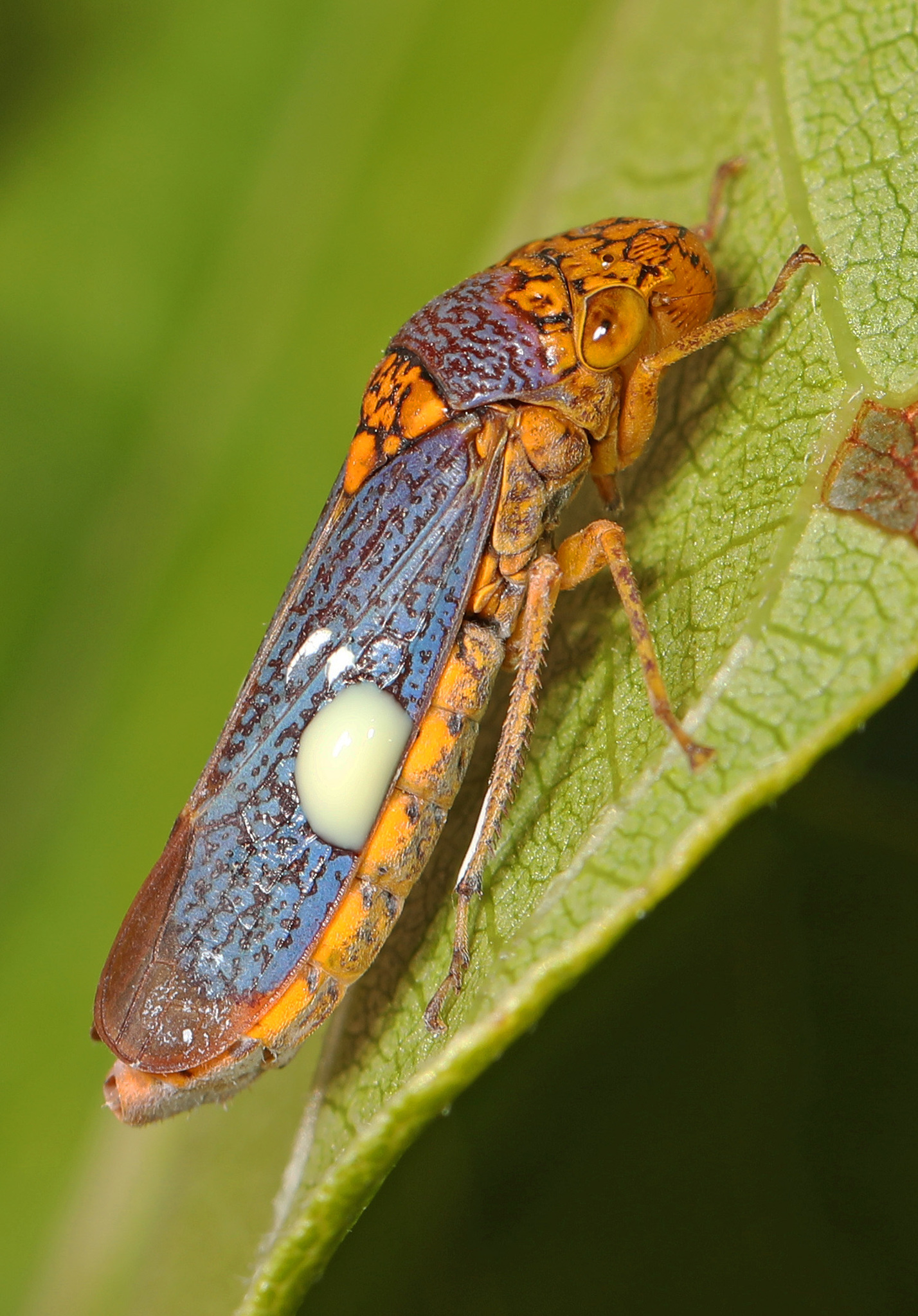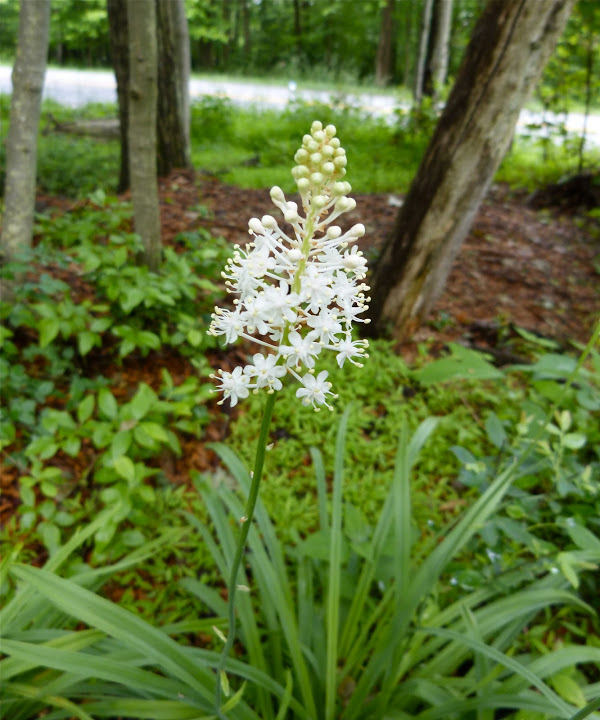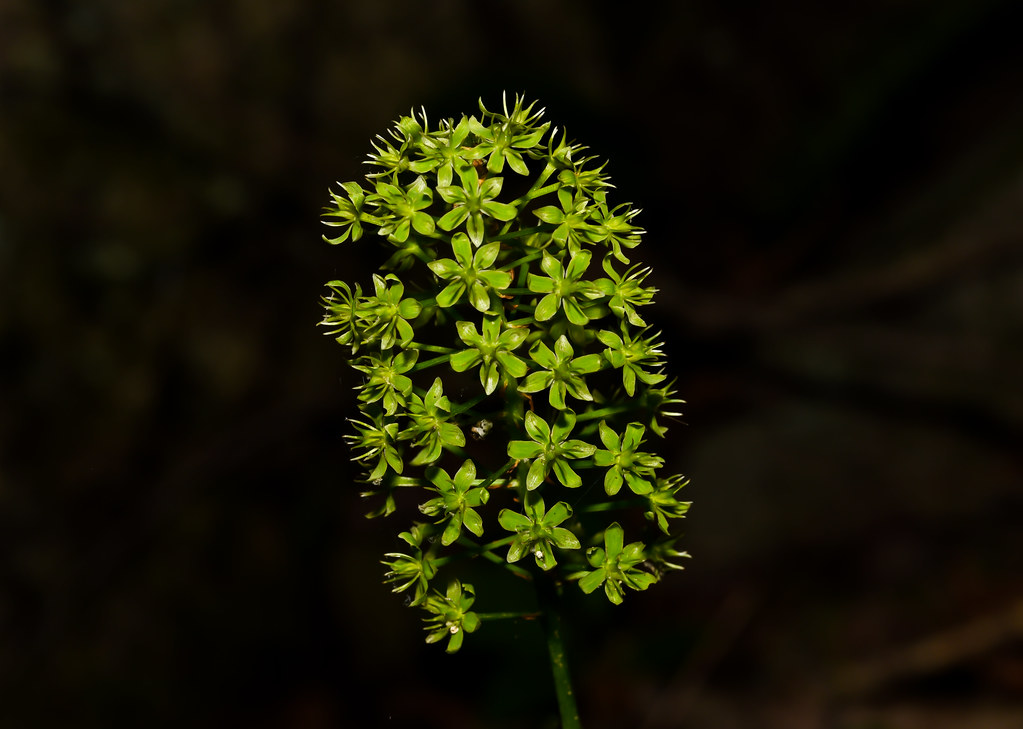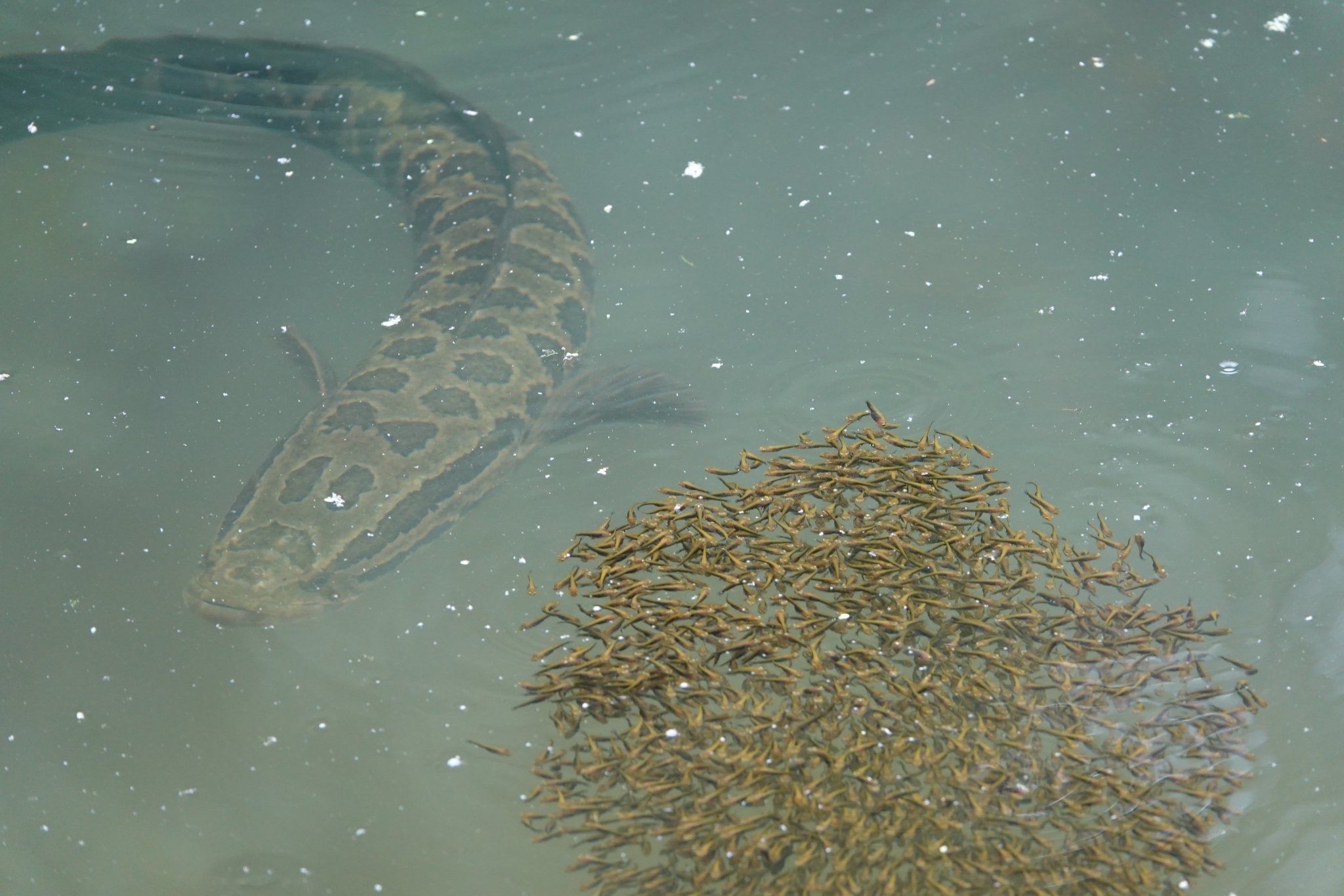What are those white patches?
What are those white patches? Are they another fungal pathogen attacking these lovely insects? Nope! This time, it's a feature, not a bug (um, on the bug).
This is a female Broad-headed Sharpshooter (Oncometopia orbona) and those white patches are brochosomes. These waxy patches contain proteins and can be applied to their eggs to prevent them from drying out. Many leafhoppers also "wax" their "integument" (i.e., skin, exoskeleton) to retain that fancy, polished sharpshooter look (and very useful water resistance)! Amazing!
On brochosomes at Wikipedia: "After each molt, most leafhopper species release droplets of the brochosome-containing fluid through the anus and actively spread them over the newly formed integument.[11][12][13] This behavior is called anointing.[12]" (https://en.wikipedia.org/wiki/Brochosome)
On integument at Wikipedia: "In arthropods, the integument, or external "skin", consists of a single layer of epithelial ectoderm from which arises the cuticle,[3] an outer covering of chitin the rigidity of which varies as per its chemical composition.It is present in ovule and also work in it with nucelleus." (https://en.wikipedia.org/wiki/Integument)
Photo courtesy of Judy Gallagher. More at Maryland Biodiversity Project: https://www.marylandbiodiversity.com/view/10381










